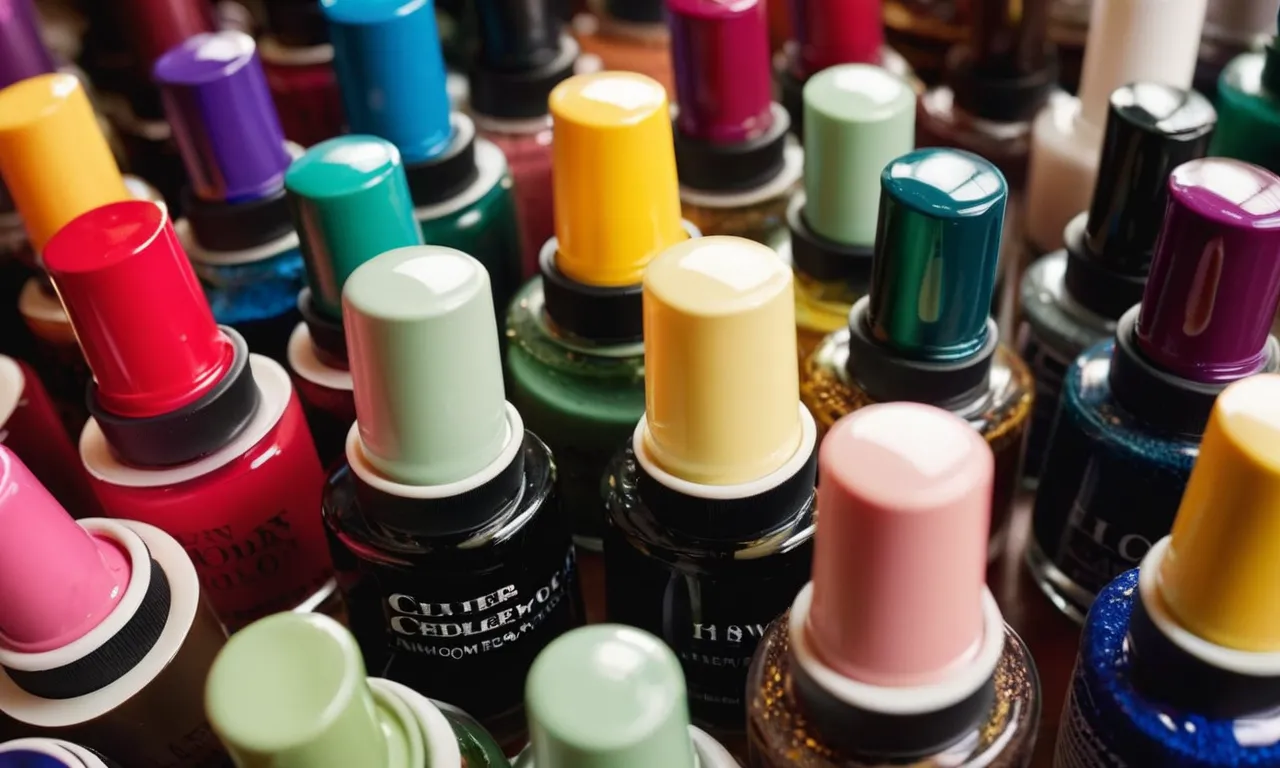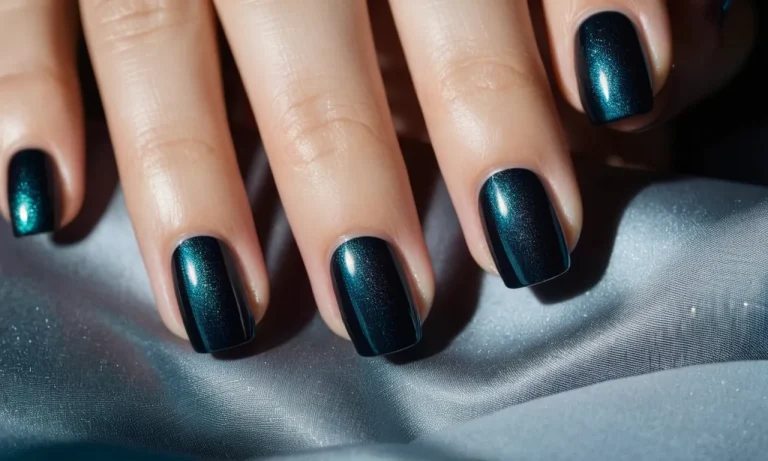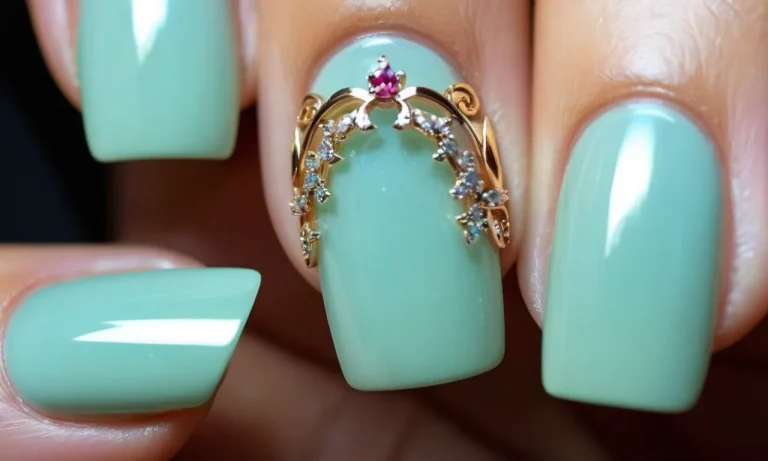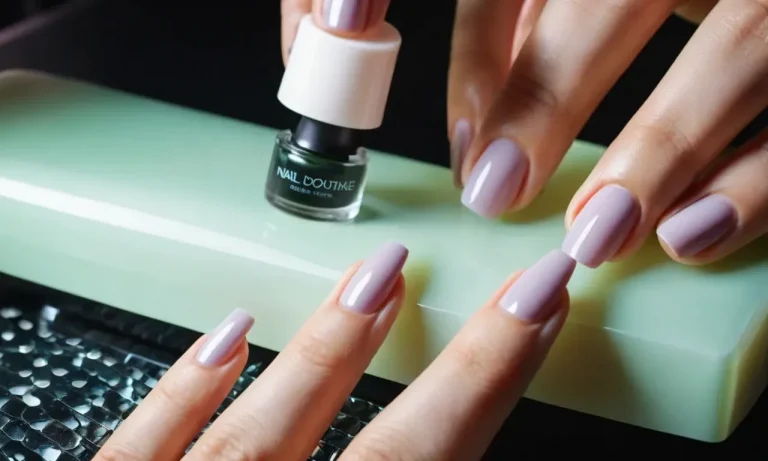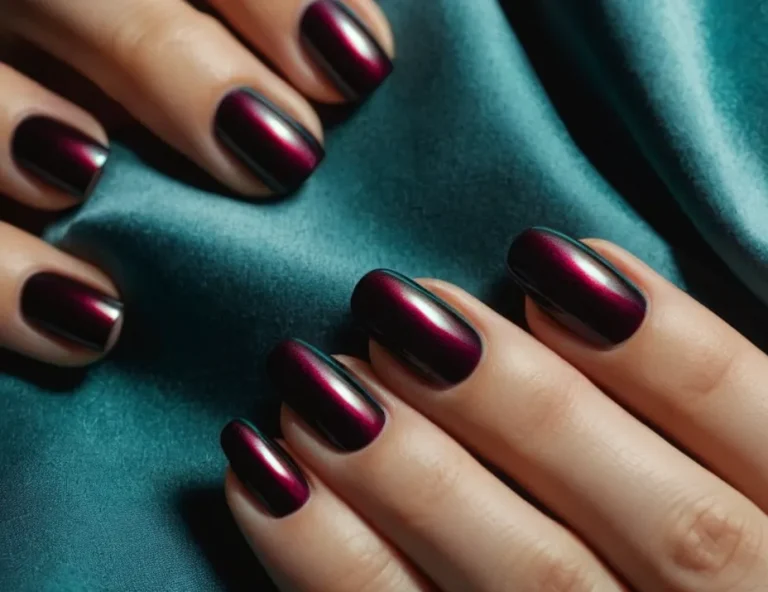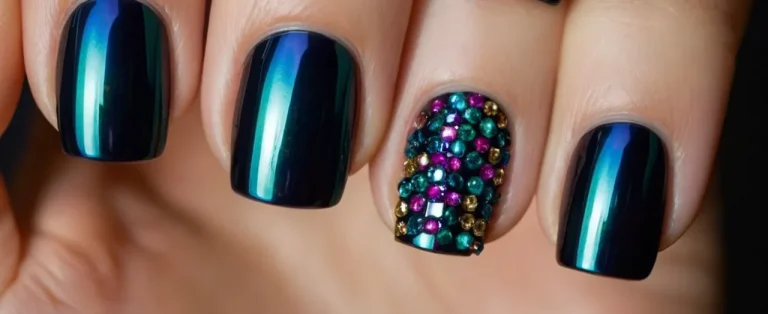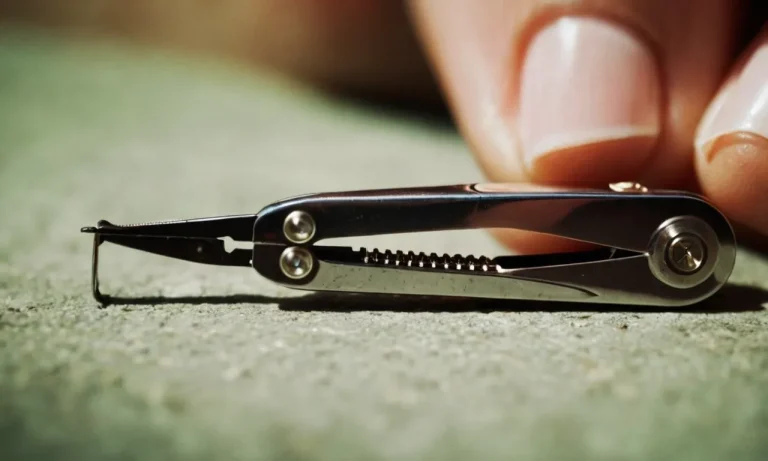Can You Mix Acrylic Paint With Nail Polish?
If you enjoy arts and crafts, you may have wondered if you can mix two popular painting materials – acrylic paint and nail polish. Combining paints can yield interesting effects, but not every medium plays well together. So what happens when you blend these two pigmented products?
Read on to learn the answer and discover the chemistry behind it.
If you’re short on time, here’s a quick answer to your question: You can physically mix acrylic paint and nail polish together, but they may not fully combine or result in an ideal blended medium for painting or nail art.
The Key Differences Between Acrylic Paint and Nail Polish
Ingredients and Composition
Acrylic paints are water-based and composed of pigments suspended in acrylic polymer emulsion. The pigments provide color, while the acrylic binders help the paint adhere to surfaces.Common ingredients include:
- Pigments – provide color
- Acrylic polymer emulsion – binds pigments together and allows adhesion
- Thickening agents – modify consistency and texture
- Preservatives and surfactants – allow paints to be stored and mixed with water
Nail polishes contain a mix of ingredients to provide color, shine, and durability on nails. Typical components are:
- Nitrocellulose – film former that dries quickly on nails
- Tosylamide – resin that improves adhesion and strengthens polish film
- Plasticizers – allow flexibility of polish film on nails
- Pigments – provide vast range of color options
- Solvents – allow application of lacquer smoothly onto nails
While both contain pigments for color, the binding agents differ significantly. Acrylic paint uses acrylic polymer, while nail polish relies on nitrocellulose and plasticizers for its film on nails.
Drying Time and Permanence
One of the biggest differences is drying time. Acrylic paints can take from 1-7 days to fully cure, depending on thickness of application. Nail polish instead dries rapidly, typically within 5-15 minutes.
The permanence of the two products also varies. Properly prepared acrylic paint results in a durable bond and finish. Nail polish though has lower adhesion strength, lasting 1-2 weeks on nails before reapplication is needed.
Mixing acrylic paint into nail polish is not recommended. Doing so takes away the quick-drying aspect that nail lacquers are designed for. The mixture will also end up with weaker bonds compared to pure nail polish.
Intended Uses and Applications
As the names suggest, acrylic paint and nail polish have very different intended uses.
- Acrylic paint – designed for painting wide range of porous and non-porous surfaces like canvas, wood, metal, stone, etc. Provides versatility in color, finish, and creative applications.
- Nail polish – formulated specifically to provide color, durability and shine on finger and toenails. Allows for quick convenient applications and fashionable nail looks.
Some brave souls try using acrylic paints on their nails. But issues tend to arise like cracking, poor wear and tear over time. Nail polish contains flexible nitrocellulose and resin to move with the nail, something acrylic paint lacks.
Before attempting to blend these very different types of paints, understand their suitability for a given project. Stick acrylic paint to art canvases, and reserve nail lacquer for coloring nails to get best results.
What Happens When You Mix Them
Mixing acrylic paint and nail polish together creates an interesting hybrid paint that has properties of both. Here’s an overview of what happens when you combine these two popular painting mediums:
Texture and Consistency
Acrylic paint on its own has a thick, creamy texture, while nail polish is thinner and more watery. When blended together, the texture lands somewhere in between – slightly thicker than nail polish but more fluid than heavy acrylic paint. The resulting consistency is easy to control and apply.
Drying Time
One of the big differences is drying time. Acrylic paint dries fairly quickly, within 15-30 minutes normally. Nail polish can take longer, around 45 minutes to fully cure. When you mix them, the drying time leans towards the acrylic side – the blend dries faster than nail polish alone, but still retains some flexibility and durability from the nail polish.
Finish and Color
The finish you get mixes qualities of both. Acrylic paint has a matte, slightly chalky finish when dry. Nail polish alone is very high-gloss. Blended together, they create more of a satin sheen – not entirely matte but not super shiny either. The color tones also blend.
Light colors may be diluted slightly when mixed with nail polish, while dark acrylic colors give the polish depth and richness.
Adhesion
In terms of adhesion and holding power, the blend works well on both nails and on canvas or paper. The nail polish element helps the paint stick to nails without chipping easily. The acrylic paint base gives it grip and holding power on art surfaces. So the combination gets the best of both worlds.
Tips for Successfully Mixing Nail Polish Into Acrylics
Use a Clear Base Polish
When adding nail polish to acrylic powder, it’s best to start with a clear base coat. The clear polish acts as a primer and helps the colored polish adhere to the acrylic. Apply a thin layer of clear acrylic liquid over the nail first before dipping into the colored powder mixture.
This prevents the polish from peeling or flaking off prematurely. A good clear base creates a smooth canvas for the polish to stick to.
Add Just a Small Amount
It’s easy to get carried away when mixing nail polish into acrylic powder. But more isn’t necessarily better. Start by adding just a drop or two of polish to a small amount of powder, like 1⁄4 ounce. The polish contains pigments that will quickly tint the entire mixture.
If you add too much, the acrylic powder will become saturated and not cure properly. A little goes a long way. You can always add more if the initial color is too faint. But it’s hard to reverse over-pigmentation.
Test on a Practice Nail First
The exact ratio of polish to powder will vary based on the brand and colors used. The opacity and drying time can differ as well. Before trying your custom color on real nails, do a test run on a fake nail tip or swatch stick.
This allows you to perfect the color and technique before working on someone’s actual hand. Let the test nail fully cure and check how it looks in different lighting. Make any adjustments to get the desired shade.
Testing out new mixtures helps prevent acrylic disasters and reduces waste of products if the first try doesn’t work out.
Mixing a few drops of nail polish into acrylic powder is an easy way to create unique, customized colors. With some careful testing and the right technique, you can get seamless results that look professionally done. Exploring different color combinations allows you to expand your acrylic palette.
Just remember – start sparingly with the polish until you get the blending down. Happy mixing!
Is Mixing Them Recommended?
When it comes to mixing acrylic paint and nail polish, the general consensus among experts is that it’s not really recommended. Here’s a closer look at why:
Quality and Finish
Acrylic paint and nail polish have very different properties and ingredients that optimize them for their particular uses. For example, nail polish contains nitrocellulose to help it dry hard and glossy on nails. Acrylic paint uses an acrylic polymer emulsion for thickness and to bind pigments.
Mixing the two can result in a product that lacks the best qualities of either.
The finish, durability, and performance would be unpredictable. The mixture may end up thick and gummy, limiting what you can do with it. Or it could dry too brittle and be prone to cracking or peeling. The color payoff and coverage can also be less vibrant than ideal.
Safety Concerns
Some ingredients in nail polish, like formaldehyde resin, can cause headaches and irritation when working with them a lot. Keeping the two products separate reduces exposure to anything potentially harmful.
There’s also a risk of unintended chemical reactions occurring between components that weren’t meant to mix. This could produce fumes or compounds that are more toxic than the original materials.
Convenience Factors
It takes extra effort to blend the two mediums each time you want to use them. And if the resulting mixture doesn’t hold up well, maintains quality, or deliver the expected results, then you may have wasted both paints trying to combine them.
Having them separate means you can grab exactly what you need for the specific project. No guessing ratios or complicated mixing – just ready-to-use acrylic paint or nail polish.
So while some DIY enthusiasts may experiment with blending the two, most experts don’t believe the extra work is worth it.
The Exceptions
However, there are a couple exceptions where it may be alright to incorporate a very small amount of acrylic paint into nail polish if you’re careful.
First, adding a touch of acrylic paint pigment to clear nail polish is an easy way to create custom or missing colors. Since it’s mostly clear polish providing the essential chemical properties, just a bit of color won’t dramatically disrupt this.
Second, those creating abstract art or decor items may find an intentionally unpredictable mixed media approach satisfying. As long as the guidance around ventilation and moderation is kept in mind, this can produce some interesting artistic effects.
Outside of these limited cases though, keeping acrylic paint and nail polish separate is highly advised. Feel free to get creative within their intended uses – just know that blending these two mediums often causes more trouble than it’s worth!
Conclusion
While acrylic paint and nail polish are both pigmented liquids used artistically, their differences in formulation make mixing them a bit of an experimental endeavor with unpredictable results. With some careful testing and limiting the nail polish ratio, though, you may find a blended medium that meets your unique artistic needs and desired effects.

